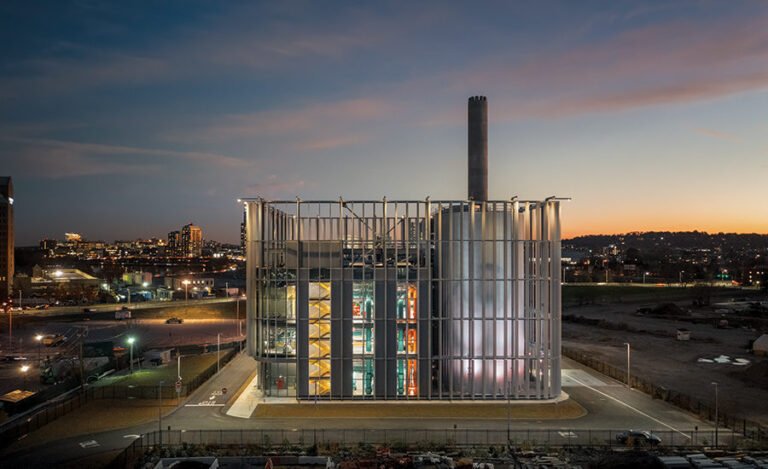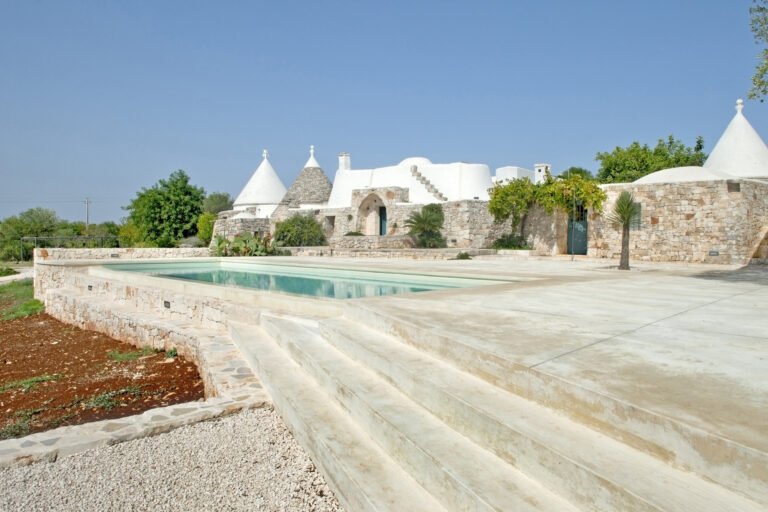The 6 Most Luxurious Paris Mansions That You Can Actually Stay In
In Paris a crop of 19th-century mansions turned hotels are trending, their pied-à-terre ambiance a boon for travelers who crave luxury lodging minus the crowds, elevators, or wait times to speak with staff. The intimacy of these bijoux hotels is one attraction—most have fewer than 20 rooms. Equally alluring is the feels-so-Parisian charm: interiors with original wood and marble floors, 10-foot ceilings alive with decorative moldings, grand winding staircases, and the all-important ivy-kissed courtyard, all things that enchant with what editors like to call a “sense of place.” These six properties offer top-drawer amenities and a style that inspires tourists to feel more like esteemed house guests than paying clients.
Maison Villeroy
Inside the Triangle d’Or (arguably Paris’s most elegant arrondissement bordered by avenue Montaigne, avenue George V, and rue François 1er), this landmark building has been restored to its Belle Époque glory and then some. Maurice Villeroy, a member of the family that founded the fine porcelain company Villeroy & Boch, built the mansion in 1907 to wow neighbors like Baron de Dampierre and Comtesse de Talleyrand-Périgord. Historic elements remain intact, from the neoclassical cut stone façade to the grand marble staircase with a gilded, wrought-iron banister to the oak floors from the forest of Tronçais (eco-managed since 1670 under Louis XIV).
But the rooms—there are just 11 of them—are tricked out with 21st-century amenities: bespoke furniture by Promemoria, fireplace mantles sculpted from a single block of Calacatta Lincoln marble, Rivolta Carmignani Italian linen, and showstopping alabaster and rock crystal lighting by Atelier Alain Ellouz.
On the ground floor, the sleek Restaurant Trente-Trois is run by Michelin-starred chef Sébastien Sanjou, who presents dishes like Pyrenees-sourced lamb with purple artichokes served on Jaune de Chrome porcelain plates.
La Réserve Paris
When Michel Reybier took charge of the grand mansion built in 1854 by Napoleon III’s half brother Duc de Morny, he commissioned Jacques Garcia to reimagine the interiors and a new breed of Second Empire–soused opulence was born. Behind the ruby red doors, cordovan leather paneling, gilded rococo reliefs, Versailles parquet, and layers of silks, taffeta, and velvets are nothing short of aristo-fabulous. The drama continues upstairs. The 40 large rooms (26 are suites) are equally sumptuous, with Quagliotti linens, separate robes for bathing (fluffy) and lounging (brushed cotton), and spacious marble bathrooms with heated floors. Considering the swank quotient, the overall vibe manages to feel laid-back-ish, though it is certainly not the place to swan about in athleisure.




